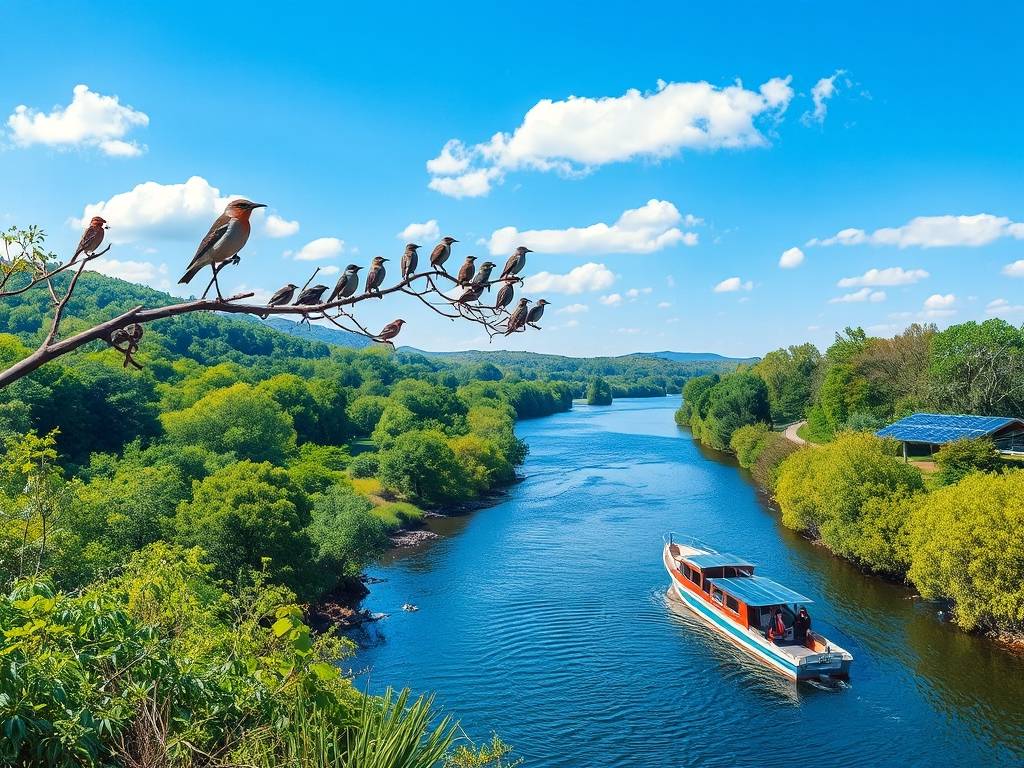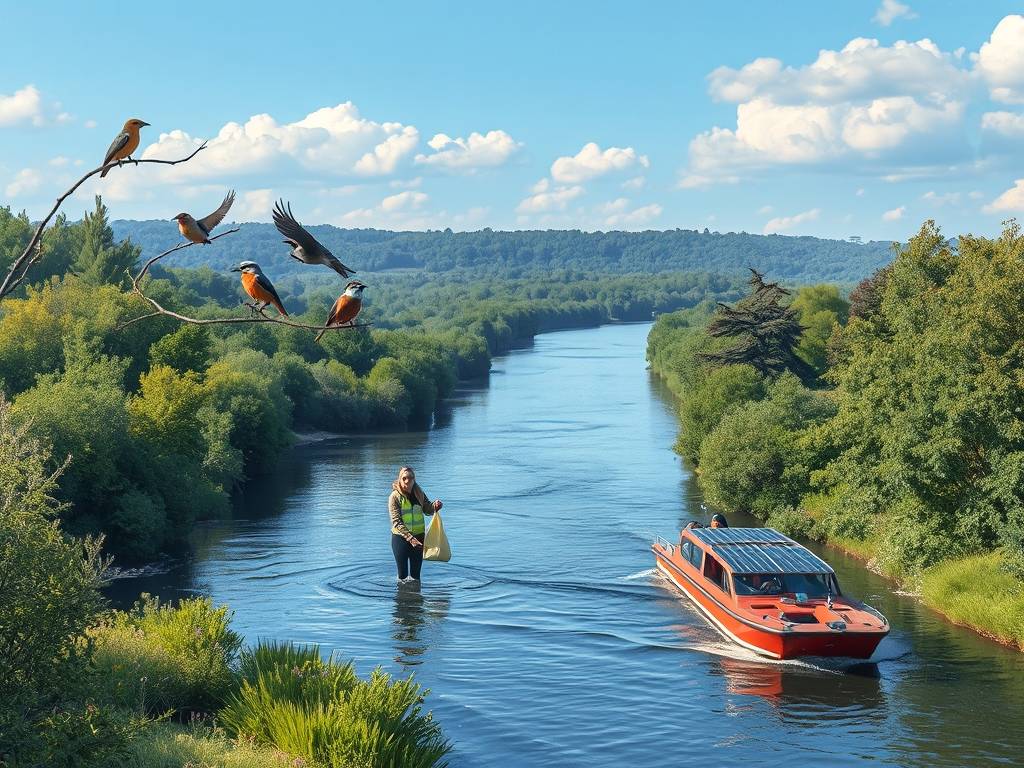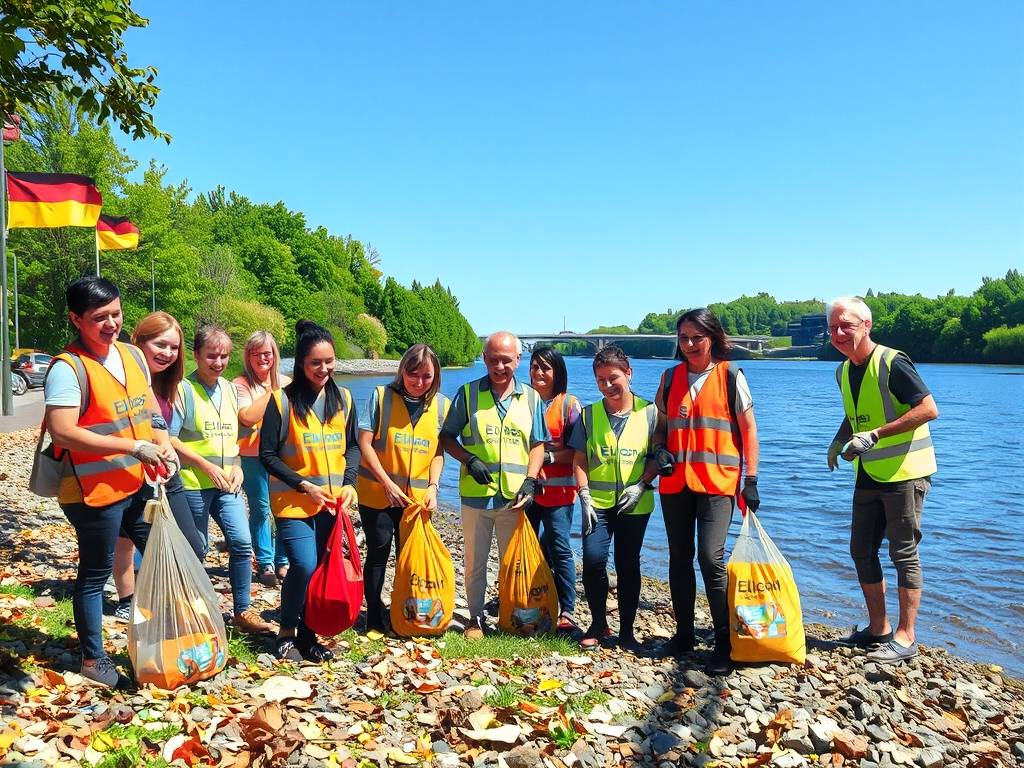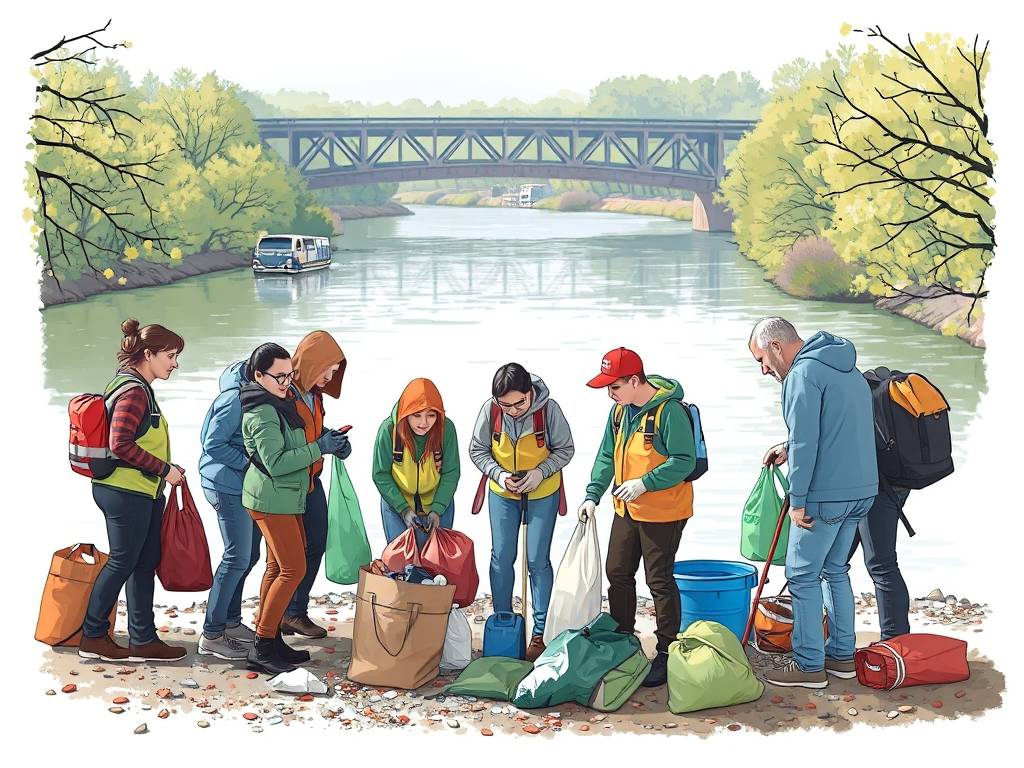Global Travel Information
Elbe River Conservation Efforts: How to Support the Environment
The Elbe's Echo: A Practical Guide to Supporting One of Europe's Vital Waterways
The gentle curve of the Elbe River as it flows through Dresden, or the vast, untamed beauty of its biosphere reserve, presents a picture of serene natural harmony. Yet, this iconic European river, winding from the Czech Republic through Germany to the North Sea, tells a story of both resilience and fragility. For decades, the Elbe has been a symbol of division and subsequent reunification, but today, it faces a new set of challenges that threaten its health and the countless lives it supports. The question for many of us who live along its banks, visit its shores, or simply care about the planet's wellbeing is a pressing one: what can we actually do? How can we, as individuals, contribute to meaningful Elbe River conservation efforts and support this precious environment?
The answer lies in understanding that the river's health is not just the responsibility of governments and large organizations; it is a shared duty. Supporting the Elbe’s ecosystem is a multifaceted endeavor, blending personal action, informed advocacy, and a shift in daily consciousness. It’s about connecting the dots between the water from our taps, the food on our plates, and the future of this majestic river.

Let's begin with the very water that flows through the Elbe. One of the most significant historical achievements for the river has been the dramatic improvement in its water quality since the industrial decline and inadequate wastewater treatment of the past. However, the battle is far from over. The modern threat is more insidious: diffuse pollution from agricultural runoff and urban wastewater systems. When it rains, fertilizers and pesticides from fields, along with oils and microplastics from city streets, are washed into the river. This cocktail of chemicals leads to eutrophication in the Elbe River, a process where excess nutrients cause algal blooms that deplete oxygen and create "dead zones" for fish and other aquatic life.
So, what can you do? Your choices as a consumer and a resident have a direct impact. If you have a garden, consider adopting organic gardening practices near the Elbe watershed. This means avoiding synthetic pesticides and fertilizers, opting instead for compost and natural pest control methods. Every garden that prevents chemicals from entering the groundwater is a small victory for the river. In urban areas, be mindful of what goes down the drain. Never pour chemicals, paints, or medicines down the sink or toilet, as wastewater treatment plants are not always equipped to remove them entirely. A simple act like using a commercial car wash instead of washing your car in the driveway prevents soapy, greasy water from flowing directly into storm drains, which often lead straight to the river.
Another critical aspect of water quality is the issue of plastic pollution in the Elbe River. A stroll along any riverbank will likely reveal the tell-tale signs of plastic waste. This is not just an eyesore; it breaks down into microplastics, entering the food chain and harming wildlife from the smallest invertebrates to the majestic fish. Participating in or organizing local riverbank clean-up initiatives for the Elbe is one of the most tangible and immediate ways to make a difference. These events not only remove harmful waste but also foster a powerful sense of community and connection to the river. Furthermore, embracing a lifestyle that reduces single-use plastics—carrying a reusable water bottle, using cloth bags, and refusing unnecessary packaging—directly contributes to less waste potentially finding its way into the Elbe.

Beyond what we put into the river, we must consider how we manage the land around it. The Elbe's floodplains are among the most ecologically significant in Europe, acting as natural sponges that absorb floodwaters, filter pollutants, and provide unparalleled habitats for species like the white-tailed eagle and the beaver. For centuries, these areas have been diked and drained for agriculture and development, severing the river from its natural floodplain. This disconnection is a primary reason why restoring Elbe River floodplains for biodiversity is a cornerstone of modern conservation.
Supporting this can take several forms. If you are a farmer or know landowners along the river, encouraging participation in agri-environmental schemes that promote sustainable land use along the Elbe River is vital. This can include creating buffer strips of native vegetation along the banks, which act as a final filter for runoff and provide crucial wildlife corridors. For the rest of us, supporting organizations that actively purchase and rewild these floodplain areas is a powerful way to contribute. Donations to groups dedicated to protecting endangered species in the Elbe River ecosystem often go directly toward acquiring and restoring these critical habitats. When you visit the Elbe Biosphere Reserve, stick to marked paths to avoid disturbing ground-nesting birds and fragile vegetation. Your mindful presence helps preserve the very beauty you came to enjoy.
Perhaps the most pressing global challenge reflected in the Elbe is climate change. The river is experiencing more frequent and severe low-water events, particularly in the summer, which concentrates pollutants and disrupts navigation and ecosystems. Conversely, intense rainfall events lead to faster, more dangerous flooding. The impact of climate change on the Elbe River water levels is a stark reminder that the river's resilience is being tested. Our role here is twofold: mitigation and adaptation.
Mitigation means reducing our own carbon footprint, a goal that aligns perfectly with other conservation efforts. Choosing to cycle along the Elbe Cycle Path instead of driving, reducing energy consumption at home, and supporting local, seasonal food to cut down on transportation emissions are all actions that, when multiplied by millions, contribute to a healthier global climate and a more stable river system. Adaptation involves supporting policies and projects that help the river cope with these changes. This includes advocating for sustainable shipping on the Elbe River, which may involve using shallower-draft vessels during low-water periods, rather than pursuing controversial and environmentally damaging dredging projects that destroy riverbed habitats.
Finally, one of the most powerful tools at our disposal is our voice and our curiosity. Community involvement in Elbe River protection is the engine of long-term change. Stay informed. Follow the work of environmental agencies and NGOs that monitor the river's health. Attend public hearings about water management or construction projects affecting the river. Your informed opinion can influence decision-makers. Educate the next generation. Take children to the river, show them its wonders, and explain its importance. A child who learns to appreciate the river today will be its guardian tomorrow.
Supporting the Elbe River environment is not a single grand gesture, but a mosaic of conscious choices. It is the decision to garden organically, to pick up a piece of litter, to reduce plastic use, to support a conservation NGO, to advocate for sensible policies, and to simply learn more. The Elbe has echoed through history, culture, and the landscape of Central Europe for millennia. Its future echo—whether it is a whisper of what was or a vibrant song of life—depends on the collective, mindful actions we take today. By integrating these practices into our lives, we don't just support an environment; we become part of it, ensuring the Elbe continues to flow healthy and strong for generations to come.
相关文章
- Elbe River Conference Venues: Spaces with River Views
- Elbe River Wedding Venues: Tie the Knot by the Water
- Elbe River Funeral Services: Respectful Locations Along the Banks
- Elbe River Volunteer Opportunities: Help Protect the Waterway
- Elbe River Clean-Up Events: Join a Local Initiative
- Elbe River Educational Programs: Learn About Ecology
- Elbe River School Trips: Educational Excursions for Students
- Elbe River Science Tours: Explore the River’s Ecosystem
- Elbe River Weather Forecast: Plan Your Day Along the Water
- Elbe River Climate Information: Average Temperatures Year-Round
发表评论
评论列表
- 这篇文章还没有收到评论,赶紧来抢沙发吧~


